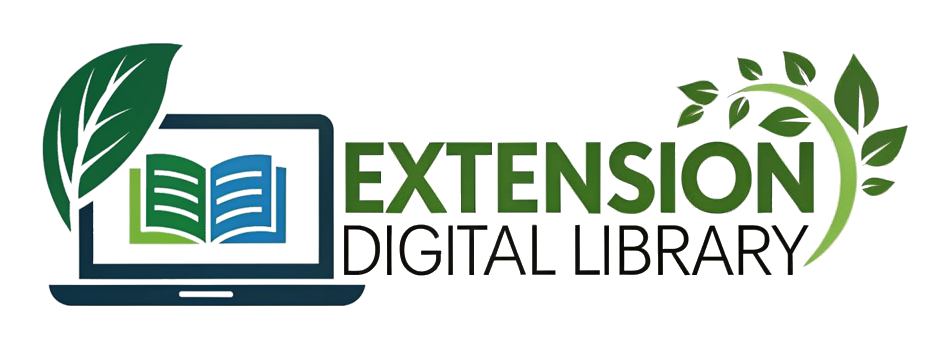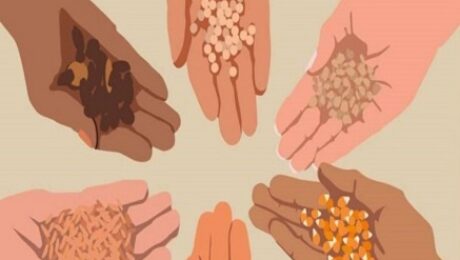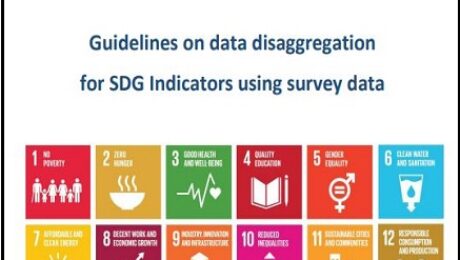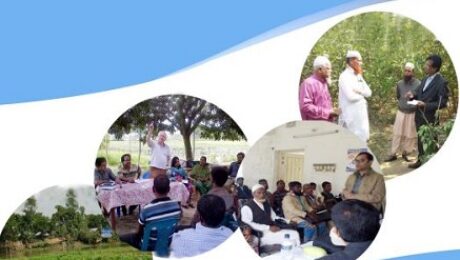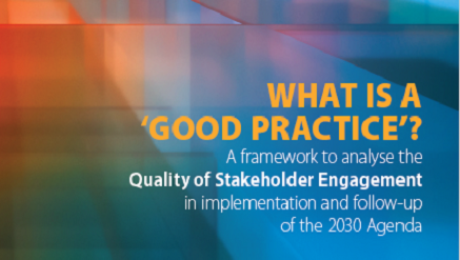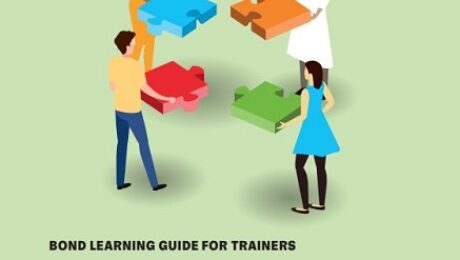A practical guide to measuring women’s and girls’ empowerment in impact evaluations
Impact evaluations can produce useful insights on how to design programs and policies that can increase women’s and girls’ empowerment and help us better understand the process of empowerment itself. Yet, it can be challenging to design a measurement strategy and to identify indicators that capture changes in empowerment, that are tailored to the local context, and that minimize reporting bias. Pulling insights from diverse disciplines and the experience of J-PAL affiliated researchers around the world, this guide offers practical tips for overcoming these challenges in impact evaluations. We emphasize the importance of conducting in-depth formative research to understand gender dynamics in the specific context before starting an evaluation, developing locally tailored indicators to complement internationally standardized ones, and reducing the potential for reporting bias in our instruments and data collection plan. We do not provide a single set of ready-to-go survey instruments; instead, we outline a process for developing indicators appropriate to each study along with extensive examples. In this way, we hope this guide can help provide researchers and practitioners the tools to select or develop their own indicators of empowerment that are right for their impact evaluations.
- Published in GENDER, GUIDE/TOOLS/MANUALS
Key Questions in Biodiversity | A Study and Revision Guide
This guide lays out the importance of genetic resources to protect human needs, by explaining how they underpin our food and nutritional security while sustaining our environments. It also explains how the public and private sectors can work together to conserve and share the benefits of these critical resources for future generations.
- Published in GUIDE/TOOLS/MANUALS
A Guide to Genetic Resources
This guide lays out the importance of genetic resources to protect human needs, by explaining how they underpin our food and nutritional security while sustaining our environments. It also explains how the public and private sectors can work together to conserve and share the benefits of these critical resources for future generations.
- Published in GUIDE/TOOLS/MANUALS
Guidelines on data disaggregation for SDG Indicators using survey data
the working group on data disaggregation, the Food and Agriculture Organization of the United Nations (FAO) has taken numerous steps towards supporting Member Countries in the production of disaggregated estimates. Within this framework, these Guidelines offer methodological and practical guidance for the production of direct and indirect disaggregated estimates of SDG indicators having surveys as their main or preferred data source. Furthermore, the publication provides tools to assess the accuracy of these estimates and presents strategies for the improvement of output quality, including Small Area Estimation methods.
- Published in GUIDE/TOOLS/MANUALS
Training Module on Facilitation for Development
Development is the process of change and facilitation helps in accelerating this process through the change agents‘ or the extension service provider. While working with farmers, agri-traders and processors, facilitation refers to promote group learning, building consensus and enhancing participation in collective actions. A facilitator has multidimensional roles to play.
The module has been prepared to assist facilitators/ trainers engaged in training of agricultural extension and advisory services (EAS) staff and other mediators on facilitation for development by enhancing their knowledge on how to facilitate change in individuals, groups and organizations and also to facilitate multi-stakeholder engagements through brokering strategic partnerships and networking. While working through this module the trainers will find the relevance of facilitation for development in the context of agricultural innovation services (AIS).
- Published in GUIDE/TOOLS/MANUALS
A practical tool to enhance the chances of success of digital agriculture interventions for sustainable development in Africa and India
Effective and sustainable tools, mechanisms and strategies are needed to significantly improve the prevailing agricultural productivity, farmer remuneration, and food availability globally to be able to meet the food, livelihood, and nutritional needs of the projected population in coming decades. Digital agriculture has the potential to efficiently bring together the benefits of the advances in agricultural research and the developments in information and communication technology space to help positively transform the entire spectrum of pre-farm to post-fork activities in the agriculture sector. Through interactions with over 338 stakeholders across India and Africa, supplemented with study of various digital agricultural interventions across the globe, the author observed that most digital agricultural interventions did not succeed, causing great loss of time and resources, which the world can ill afford. The world is falling behind on achieving the Sustainable Development Goals (SDGs). Drawing lessons from the failures and successes of the past digital agricultural interventions, the author has developed an innovative MS Excel tool called HeDAPSEE, to help estimate the success of a digital agricultural intervention before implementing it. This can help strengthen it in planning stages and enhance its chances of success.
- Published in GUIDE/TOOLS/MANUALS
WHAT IS A ‘GOOD PRACTICE’? A framework to analyse the Quality of Stakeholder Engagement in implementation and follow-up of the 2030 Agenda
Developed by UN DESA and UNDP, this analytical framework is a tool to enable governments, stakeholders and development partners to examine and strengthen the quality of their stakeholder engagement practices at different stages of the 2030 Agenda cycle, including considering the impact of COVID-19. It is hoped that this tool will help improve stakeholder engagement practices, foster dialogue, and support the sharing of lessons learned and good practices. Readers and users are strongly encouraged to share their feedback on and experiences with the framework with us so we can document them on an ongoing basis in a dedicated space on the SDG16 Hub.
- Published in GUIDE/TOOLS/MANUALS
Operational guidelines on IFAD’s engagement in pro-poor value chain development
These guidelines address recommendations on ensuring that IFAD’s pro-poor value chain development projects reach out to women and the very poor, apply a programmatic approach when needed, promote an inclusive value chain governance, work with the appropriate expertise and partners, and build capacity for implementation.
- Published in GUIDE/TOOLS/MANUALS
Code of Practice for Fish and Fishery Products
The Codex Alimentarius, “the food code”, has a fundamental role in protecting consumers all around the world and ensuring fair practices in food trade. The Code of Practice for Fish and Fishery Products is the essential reference point for technical guidance on the harvesting, processing, transport and sale of fish and fishery products.
- Published in GUIDE/TOOLS/MANUALS
Empowering Farmers and Their Organizations through the Creation of Social Capital
Social capital is a key factor that concerns the ability of people to cooperate for common goals. What we have learned over the past decades, from organizational experiences in developing countries and countries in transition, is that physical and human capital accumulation by itself is not sufficient to induce development. Investments in physical capital (infrastructure and equipment) and human capital (skills development) are necessary conditions, but they are far from sufficient; they need to be complemented with the development of social capital (Stiglitz, 1998). This Learning Guide for Trainers focuses on “Empowering farmers through the creation of social capital,” recognizing the fundamental role that social capital plays for healthy and sustainable organizations. Encouraging farmers and their groups to form associations or federations enhances their capacities to learn from each other, exchange reliable information about what works and what does not work, and monitor the accountability of their members.
- Published in GUIDE/TOOLS/MANUALS
